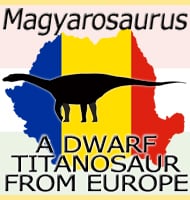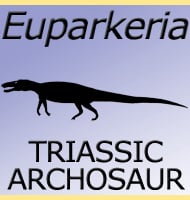Spinostropheus
In Depth Originally named as Elaphrosaurus gautieri in 1960, a 2004 analysis of the remains by P. C. Sereno, J. A. Wilson and J. L. Conrad concluded that they belonged to a different genus of dinosaur. Hence forth this fossil material now goes by the name of Spinostropheus based upon the shape of the vertebrae, … Read more

